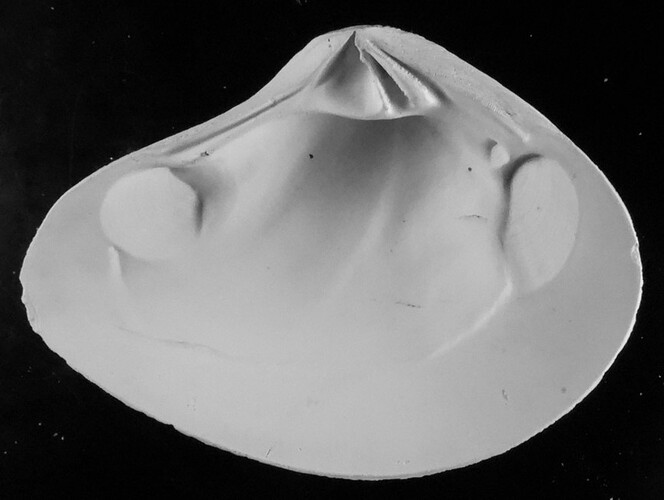I’ve seen that answer in print somewhere!
I used to say family medicine dealt with skin and its contents.
Beneficial mutations are rare compared to deleterious mutations, but deleterious mutations are rare compared to the number of haplotype blocks in the genome. That means new beneficial alleles are unlikely to get stuck on a non-recombining block with a deleterious mutation.
I decided to start a new thread rather than clutter this one–
This is very true. But.
This does not necessarily follow.
When we were speaking of mutations per generation, here frequency in time is compared with frequency in space, and that goes wrong. There are many haplotype blocks, but only an extremely low part of it is active given a certain period. As you already mentioned, normally, there are only about one or two crossovers per chromosome arm per meiosis. Crossovers are not a tool of purifying selection but only a prerequisite for that. How do we know if one (obligatory) crossover per meiosis is enough?
I was pre-med as well, but I decided to take move towards science at graduation. The weed-out course for my peers was organic chemistry, so it was only the hard core science nerds that ended up taking comparative anatomy and histology. Interestingly, I had a friend who I graduated with that went on to medical school, and she is currently the family doc for quite a few of my family members. Funny how that works out.
Seeing homologous structures across vertebrates was pretty interesting. I will say that I don’t miss trying to remember the difference between adductors and abductors.
Organic was the other weed out, but I loved it. Like playing with tinker toys.
You may want to check out the following paper:
That’s ~1,000 generations with only 11 where sexual recombination occurs, and that was enough to prevent fixation of deleterious mutations. Of course, this was in brewer’s yeast, so we shouldn’t assume they are a 1:1 model for human evolution. However, this does show the power of even occasional recombination to uncouple beneficial and deleterious mutations.
Note that this is a different argument than the one about haplotype blocks. Now the question is whether the amount of recombination is adequate. The answer from roughly thirty years of studies, both empirical and theoretical, is that very little recombination is in fact needed to prevent accumulation of deleterious mutations, at least in populations with more than 100 individuals. You can check out some of the references in this paper, given in this line: ’ it takes very little recombination to counteract mutation accumulation (Pamilo et al. 1987; Charlesworth et al. 1993; Green & Noakes 1995; Haddrill et al. 2007)'.
My sister described it the same way. She was also found more than once to be mumbling organic stuff in her sleep. She got to where she didn’t want to know about chemicals because she automatically went into figuring out the structure.
One thing that makes it easier for me on that particular set is remembering that adductors are the prominent ones in clams (the two big scars on this shell are from them):
Yeah, that helps a lot. ;). Adductors in people pull stuff to the midline, and I don’t know what a clams midline is. Which is also a bit of a problem when you look at adductors and abductors in the limbs and have to remember it is the midline of the hand or foot, not the midline of the body, And don’t get started on stuff like the bones of the wrist, where a I learned a memorable mnemonic to memorize them, only to have someone come along and change the names.
Clams only have one or two adductors total, which are the ones that close the shell, so they’re a bit easier to identify than with vertebrates.
Would it be fair to say that the (alleged) first organism that ever existed on earth must have been irreducibly complex?
How was Darwin’s theoretical pathway “proven essentially correct”?
How do know the bacterial flagella and
the human immune system evolved by becoming “increasingly complex”?
That is true. The low amount of recombination surprised me.
It predicted the existence of a whole variety of different light-sensing systems, all of which have been found in nature.
I went back and looked and I have no idea what I meant by that phrase!
![]()
I suspect it was but we don’t know enough yet.
Considering the spirit of atheism that swirls through the halls of biological science, I’m not at all surprised.
That doesn’t mean evidence of ID based on irreducible complexity doesn’t exist. Biology is methodological naturalism - looking for evidence of the divine in nature falls outside its remit, I should think. I would expect that only a theistic biologist would be interested looking for evidence of ID and irreducible complexity in nature.
Speaking of which, it find it bemusing that most Christian disciples of evolution (such as those found on this forum) seem decidely hostile to evidence of ID - such as irreducible complexity - in nature. God forbid that his fingerprints might be found in his creation - what sort of Christain would entertain such thoughts?!!
That “Christian” hostility is hardly any different to the hostility to ID and irreducible complexity exhibited by atheists, which strikes me as a very strange brand of Christianity indeed - one that unfortunately smacks of scientism.
That may be because, by now after decades of promoting the idea, the proponents of irreducible complexity have not produced any compelling and inexplicable examples. Eventually, it is time to move on.
People who are Christian and accept the science of evolution, are disciples of Christ.
